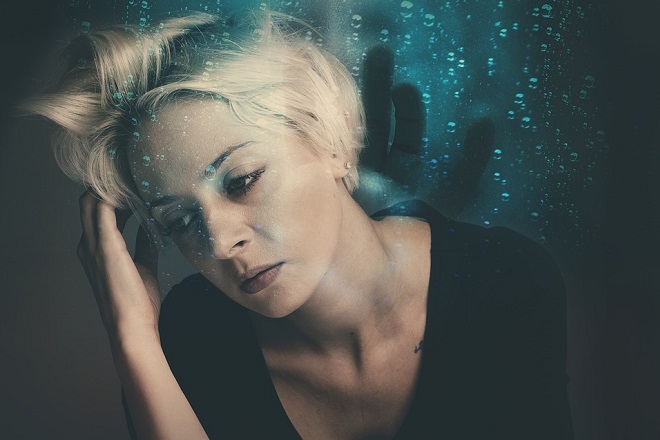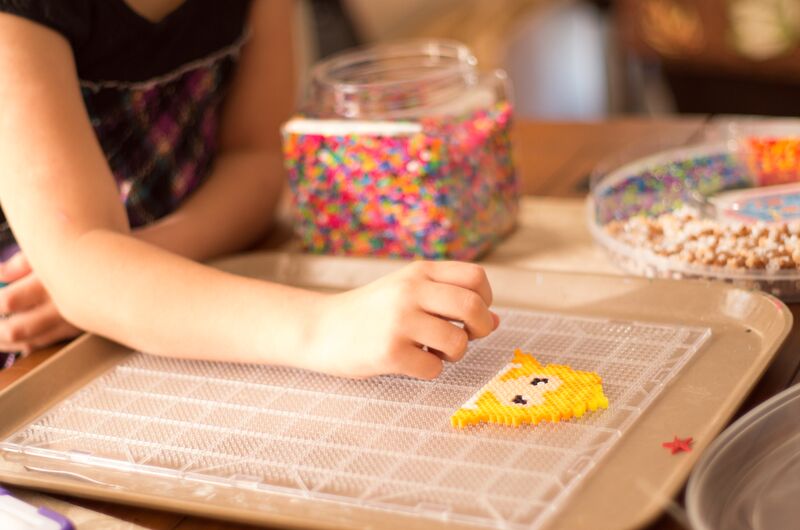Heroin is an illegal, highly addictive opioid drug that produces intense feelings of pleasure and well-being. Though its harmful and deadly consequences are not a secret, heroin remains a popular drug among people all over the world.
72,000 people in the US died from drug overdose in 2017, reveals the Centers for Disease Control and Prevention. The number has never been higher. It puts the drug epidemic on the top of the death reasons, followed by gun violence, car crashes, and AIDS.
Yet, many don’t seek help, and sometimes it is a fatal mistake. Knowing the common drug addiction signs can help to prevent the worst outcomes and save physical health and mental consciousness. That’s why it is important to find a comprehensive drug addiction guide, choose a proper treatment, and start the recovery path timely.
What are the signs and symptoms of heroin use and addiction?
In the beginning, there may be no visible symptoms of drug use disorder. With the amount, number, and frequency of doses, it can be harder to conceal the habit.
Typical characteristics of a heroin user are:
- mood changes – from joy and wakefulness to drowsiness and indifference;
- mumbled speech;
- constricted (smaller) pupils;
- memory or attention problems;
- constipation;
- needle marks (if heroin is injected);
- a runny nose or nosebleeds (if a drug is snored);
- frequent respiratory problems (if a drug is smoked);
- itchy skin, scratching;
- sudden weight loss;
- sexual dysfunctions;
- depression.
Other signs that may indicate heroin abuse can include:
- a decline in physical appearance, like neglect of personal hygiene;
- frequent changes in behavior;
- financial problems, such as a need for more money for strange purposes;
- abandoning of home, school, or work responsibilities;
- lack of interest in once-favorite entertaining or social activities;
- dangerous or risky behavior that can lead to accidents or injuries.
If you notice any of these signs, it may mean that your close person is suffering from a heroin addiction.
What is the treatment?
Drug rehab facilities have the same traditional approach to heroin addiction treatment. It includes pharmacological (medications) and behavioral therapies. Both are aimed at restoring a normal brain function and behavior, lowering the health risks, increasing working capacity and decreasing criminal behavior. Research shows that utilizing both methods at once helps to reach the best results.
Pharmacological Treatment
Current methods of this treatment are detoxification and substitution. At first, patients go through a drug detox process. The aim is to take the patient off heroin completely.
When addicted people stop using a substance, they undergo severe withdrawal symptoms, which can include pain, nausea, diarrhea, vomiting, and some other. Patients are usually given medications to relieve these symptoms and reduce cravings that can provoke a relapse.
These medications fall into three types:
- agonists, such as Methadone, bind fully to the opioid receptor replacing heroin and suppressing withdrawal symptoms.
- partial agonists, such as Buprenorphine, also interact with the same receptors as heroin and helps with withdrawal and cravings. But their effects are limited.
- antagonists, such as Naltrexone or Naloxone, block the receptor and therefore the satisfying effects of opioids.
Each of the medications has its pros and cons. And a particular medication is prescribed with a patient’s individual needs in mind.
Behavioral treatment
Outpatient and inpatient rehab facilities provide three main types of behavioral treatment:
- individual therapy;
- group therapy;
- contingency management.
Behavioral therapy helps an addict:
- define triggers of heroin use;
- develop coping skills to overcome cravings;
- learn the ways to avoid relapse.
How to treat co-occurring mental issues?
It is quite common for people to experience problems with drug and alcohol use and their mental health at the same time. Research shows that 70% of drug users have mental health issues and 86% of them use alcohol. High prevalence of these co-occurring conditions has been found among many of the following populations:
- imprisoned people;
- children, youth and adults involved in drug and alcohol treatment;
- individuals brought to hospital emergency departments due to a mental health crisis;
- people who experience severe and multiple disadvantages.
Public Health England offers a guide for commissioners and service providers who work with people with co-occurring mental health and alcohol/drug use conditions. According to it, the employees of drug and alcohol treatment centers have to work towards the following purposes:
- to make services that provide help more available;
- improve patients’ health and assist recovery;
- to enable services to provide an effective and flexible response to existing needs.
Commissioners and providers follow two key principles that are elaborated to support these purposes:
- Everyone’s job that means taking a common responsibility of meeting the needs of patients with co-occurring conditions.
- No wrong door that means having an open door policy for people with co-occurring conditions, and making every contact count.
The treatment of co-occurring conditions is usually practiced as a supportive aid in the main clinical treatment. It covers all types of substances abuse, levels of addiction, and states of intoxication. It takes care of people with any mental health problem. The treatment is provided to the addicts of all ages and settings.
Can heroin use problem be solved?
Portuguese researchers conducted a study of heroin addiction patterns of treatment-seeking patients in the times before and after drug policy reform in Portugal. The comparison of the two periods – 1992-1999 and 2002-2013 – revealed the following:
- treatment demand dropped by 37%,
- treatment involvement grew by 94%;
- drug users became older and more knowledgeable, they reported more cocaine use;
- males were more likely to get treatment than females (82.3% to 17.7%);
- the number of females receiving treatment became higher (from 13.0% to 20.9%);
- HIV statistics dropped (from 28.0% to 19.6%).
These results demonstrate that the more attention the government pays the drug epidemic, the fewer people get into its trap and more struggling people are willing to get professional help.
Becoming free from heroin and achieving long-term sobriety is a journey one needs to undertake on a daily basis. However, it has been proven many times that drug addiction is curable. Each year, a lot of Americans celebrate another year of sobriety, surrounded by supportive families who remember the dreadfulness of the past disease.
Conclusion
Heroin abuse can cause a huge strain on your relationships. If you or a loved one is suffering from addiction consider finding help. These heroin before and after pictures will inspire you to get treatment ASAP.




